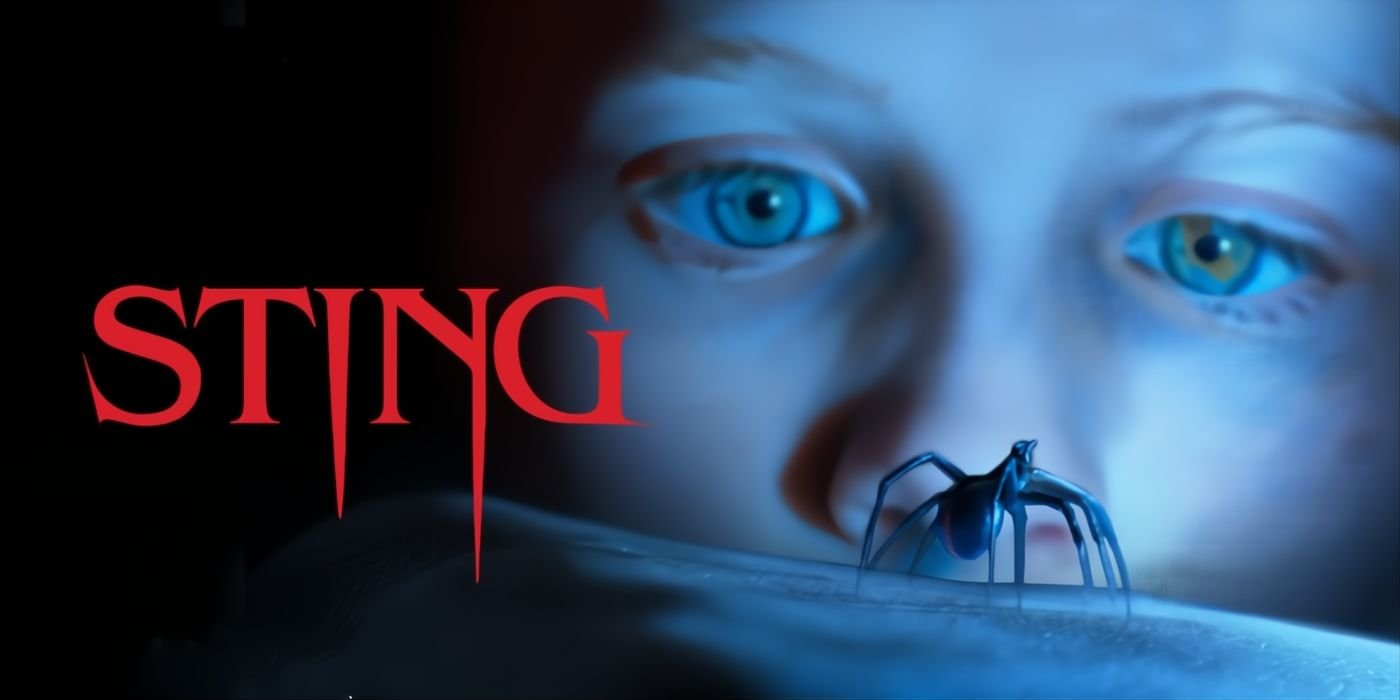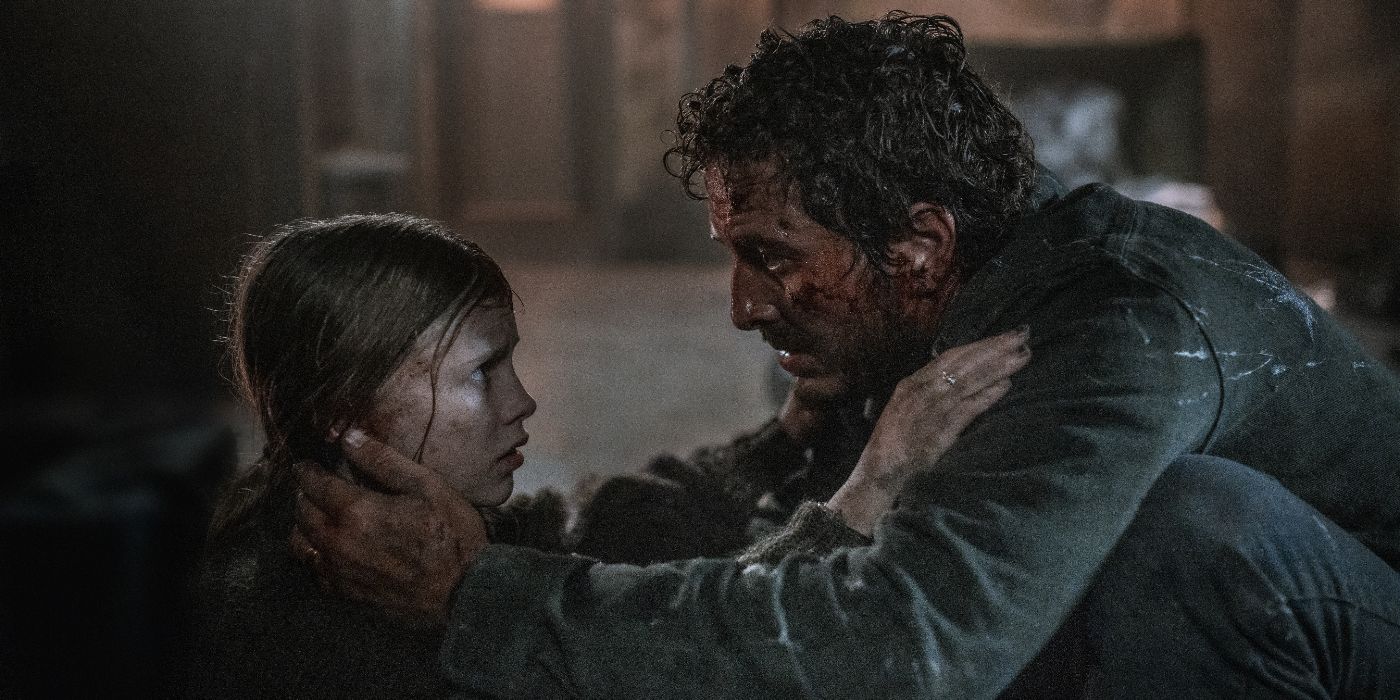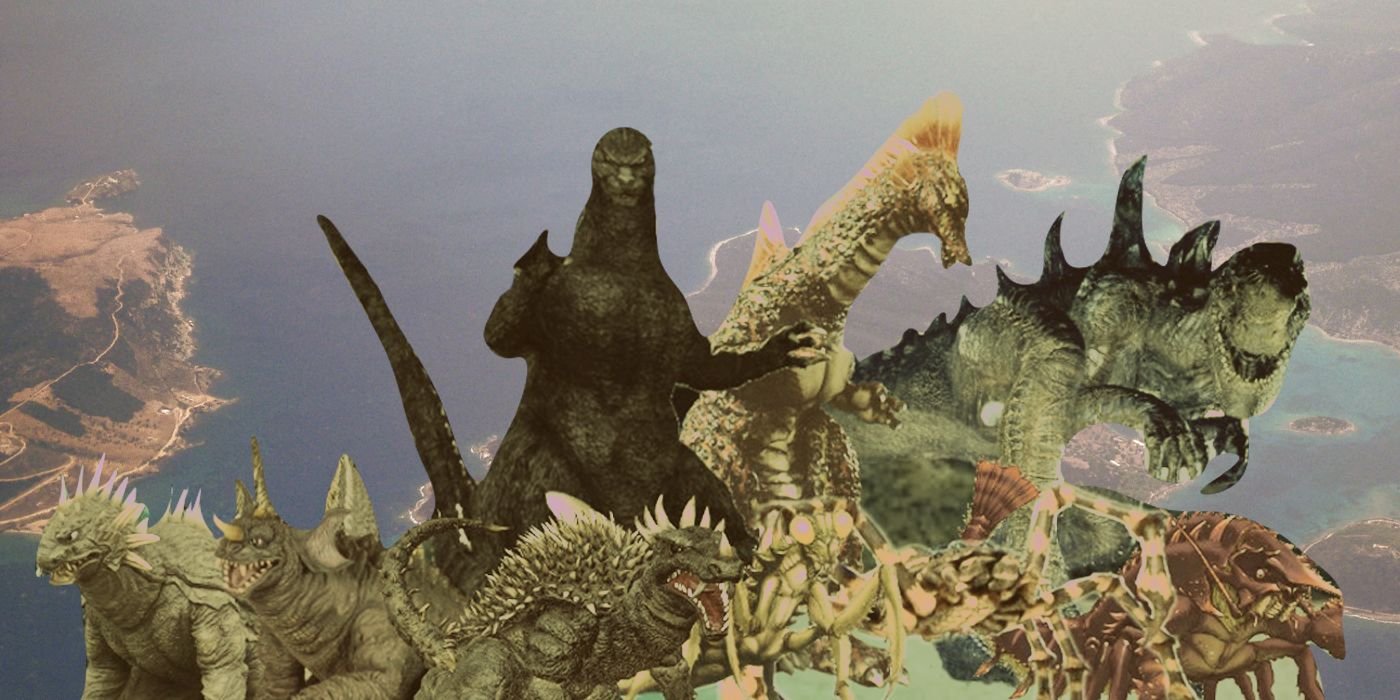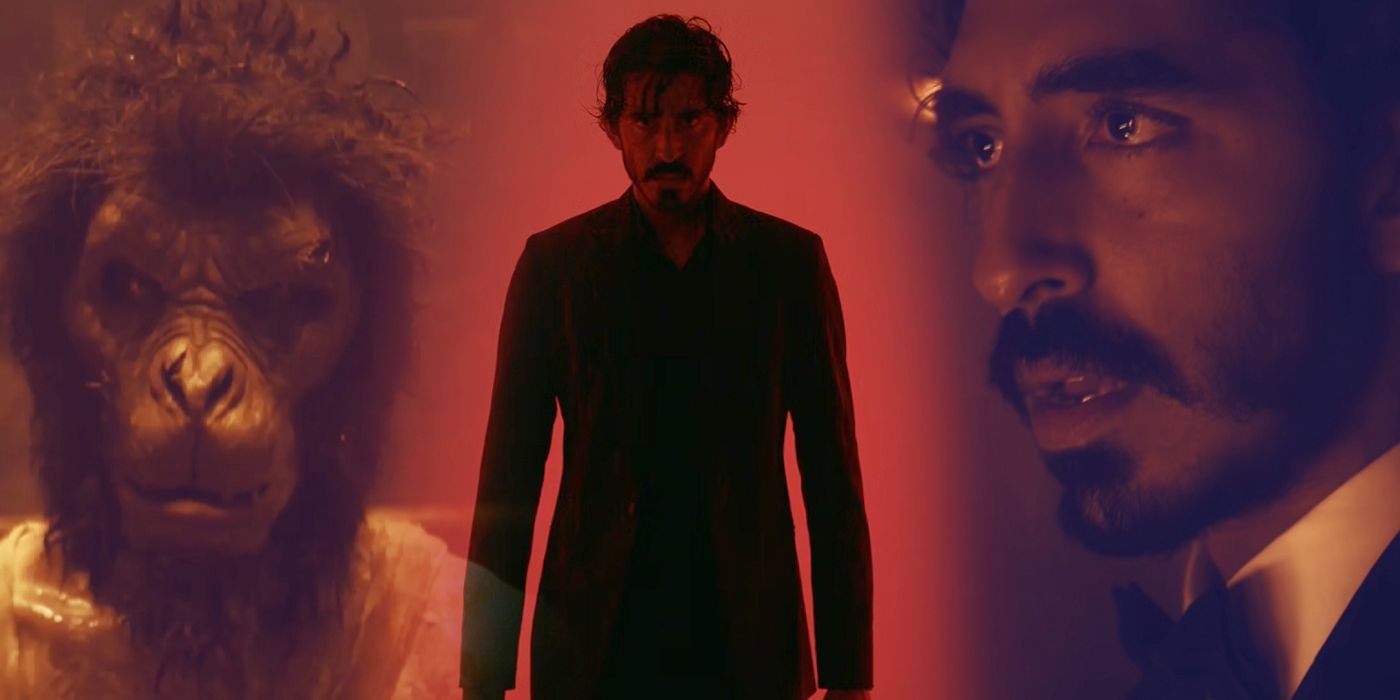When it comes to creating movie magic, there’s perhaps no company more famous than Wētā Workshop. The famed New Zealand special effects juggernaut was founded in 1987 by Richard Taylor and Tania Rodger and rose to prominence by creating all manner of creatures and props for Peter Jackson’s Lord of the Rings trilogy. From there, they’d go on to be involved in such favorites as Hellboy, King Kong, and The Hobbit.
Recently, Wētā was tasked with creating the giant spider seen in director Kiah Roache-Turner’s new movie, Sting. This allowed them to create their first-ever entirely 3D-printed puppet seen on screen, and it was a challenge that the team in New Zealand accepted with open arms. MovieWeb caught up with Academy Award-winner Richard Taylor to discuss the creation of Sting (that’s the growing spider’s name), and along the way we reminisced about the early years of Wētā, and just how far it has come.
Keeping That Spider Design Simple
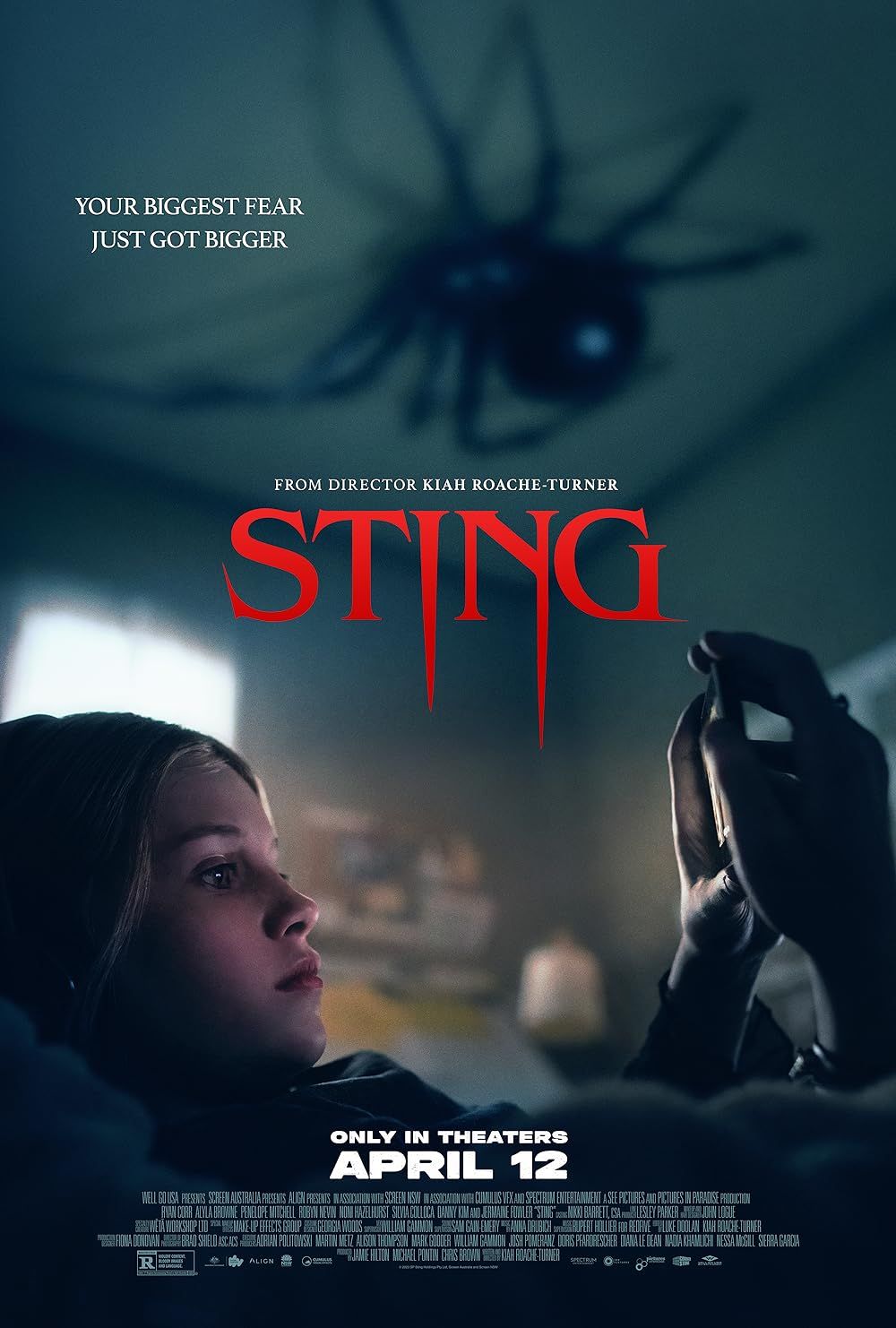
Sting
- Release Date
- April 12, 2024
- Director
- Kiah Roache-Turner
- Cast
- Alyla Browne , Penelope Mitchell , Ryan Corr , Jermaine Fowler , Silvia Colloca
- Runtime
- 1hr 31min
- Writers
- Kiah Roache-Turner
- Studio
- Align, Pictures in Paradise, See Pictures
Sting focuses on an extraterrestrial spider that makes her way to Earth, and while the titular arthropod starts off small, she grows as the film progresses. When Richard Taylor heard the words ‘alien,’ and ‘spider,’ it sent him into overdrive thinking about all the different ways Wētā could build such a creature. However, director Kiah Roache-Turner already had Sting’s design in mind.
While the spider’s creation could have gone any number of directions, in the end, the director wanted to keep things simple to play on people’s arachnophobia, and thus based the spider on the species known as the redback. He tells us, “When we first heard ‘alien’ and ‘spider,’ of course, your mind goes racing into the most wild and wonderful concoctions of eight-legged alien-like creatures, but on talking with Kiah, it was immediately evident that he visualized this as a real spider.” Adding,
“It would play to the arachnophobic nature of what he finds scary, as opposed to what other directors we’ve worked with find scary. Every director has got a different set of elements that sort of twinges their fear factor, and that in this case, it was a redback, and it was only the evolution of the face and the jaws that changed over the length of the project.”
Though Taylor and his team at Wētā tried to convince the director to go in a different direction with Sting, one that perhaps would have made the spider resemble the likes of Shelob in The Return of the King, it was evident to everyone that Kiah Roache-Turner knew what he wanted.
“He stayed very true to the chitinous nature of the surface, the reflectivity of the shell, the quantity of hairs,” Taylor continues. “We tried to promote a hairier creature because that to us felt more creepy, but he knew the right number of hairs he wanted on each leg, right? Because he obviously had a psychological scarring in his brain that he wanted to, unfortunately, purge on to others around the world that might go and watch his movie.”
Sting Was a First for Wētā Workshop’s 3D Technology
In the old days of special effects, you’d have to build prosthetics and props using a series of casts and molds, but with the evolution of technology, the advent of 3D printing changed the game for companies like Wētā. Taylor discussed those early 3D printers, and how they were able to reverse engineer them to create their own homemade machines. He says that now, about 60% of everything Wētā makes is assisted by robotic manufacturing.
“Post Lord of the Rings, we bought one of the very first commercial 3D printers on the market. Now, it turned out to be a lemon, and we chucked it in the skip two years later, but before we chucked it in the dumpster, we stripped it down and basically learned how to build our own. For many, many years, we were actually building solely on home-built 3D printers that we built in the workshop. We became very proficient in 3D printing, and today about 60% of everything that we make is in some way assisted through robotic manufacturing.”



Sting Review: An Excellent Creature Feature with an Emotional Backdrop Worth Seeing
Director Kiah Roache-Turner crafts a well-told story coupled with excellent practical effects in his latest film, Sting.
While those effects built with 3D printers are stunning to behold, even they need assistance by way of a little old-school casting and molding. With Sting, Taylor revealed that the spider they created for the movie was the first time Wētā built an entire puppet utilizing their 3D technology. “We had never built a puppet in its entirety in 3D printing,” he says. “All the different iterations of Sting are printed in different types of 3D printed material…predominantly in nylon to sustain the punishment on set.”
Taylor would go on to comment that while it’s relatively easy to build a 3D puppet, the challenge came in constructing one that could stand up to the punishment Kiah Roache-Turner would put it through during the course of filming. Especially when it came to Sting’s intricate mechanisms. One wrong move, and they might’ve had to start from scratch.
“It’s probably relatively easy to build a puppet of a giant spider that lasts for one shot, or one day, but trying to build it for the variance of different expectations of the director day in day out, where it’s jumping, smashing against the floor, being thrown across the room, with complex detailed mechanisms in its limbs and its face…whole other problem.
He continues, “So it was exciting to settle on that process, because we were able to design it from the inside out with respect to the mechanics, making sure that all the servos could pack inside it, and building all the mounts for those servos, and how they would articulate the limbs, etc.”
A Wider Range of Movement is Allowed Thanks to Digital Effects
Before CGI became the standard in Hollywood, creatures such as Sting would be manipulated by a series of poles and ropes that would have to be carefully hidden to not be seen on camera, in order to provide their life-like movements. Taylor discussed those early days of puppeteering, saying, “Pre-CGI, we had to always hide the rods, and if you go back and watch many early monster movies it’s actually fun trying to spot the rods. You can spot the rods on the things that we’ve done every which way.”
Thanks to computers, those rods can now be removed digitally. Taylor says this technological advancement allows for a wider range of movement, since the puppeteers no longer have to hide under the floor to manipulate their creations. “Today it’s a lot easier because of digital rod removal…you probably do have greater freedom of movement because you’re not stuck under the floor working only through slots on the floor. You can actually have the puppeteers coming in from the sides and operating.”



15 Early CGI Effects in Older Movies That Still Hold Up Today
CGI has become a Hollywood staple for the better part of three decades now, but some effects have stood the test of time better than others.
While some directors might flip-flop on how they want their monsters to move, Taylor says that one of the joys of working with Kiah Roache-Turner was that he already knew exactly how he wanted Sting to be manipulated. This made Wētā’s job much easier to accomplish. He commented on how his puppeteers had nothing but good things to say about the Australian filmmaker.
”
Kiah was a delight to work with
. He had a totally pinpointed focus on exactly what he wanted. So that was easy for us, and on a low budget, short-timeframe movie, you want a director that’s not flipping and flopping in indecision, but has a very firm view of what they want. And then the people that we sent over to puppeteer Sting came back effusively talking about the directors’ ability to call out exactly what he wanted with the performance of the puppet.”
Though Taylor has yet to see the film, he hopes that Wētā was able to “create a whole new breed of arachnophobes around the world” thanks to the creation of their giant spider. You can see for yourself if they succeeded when Sting hits theaters on April 12, 2024, from Well Go USA Entertainment. Check out the trailer below:


